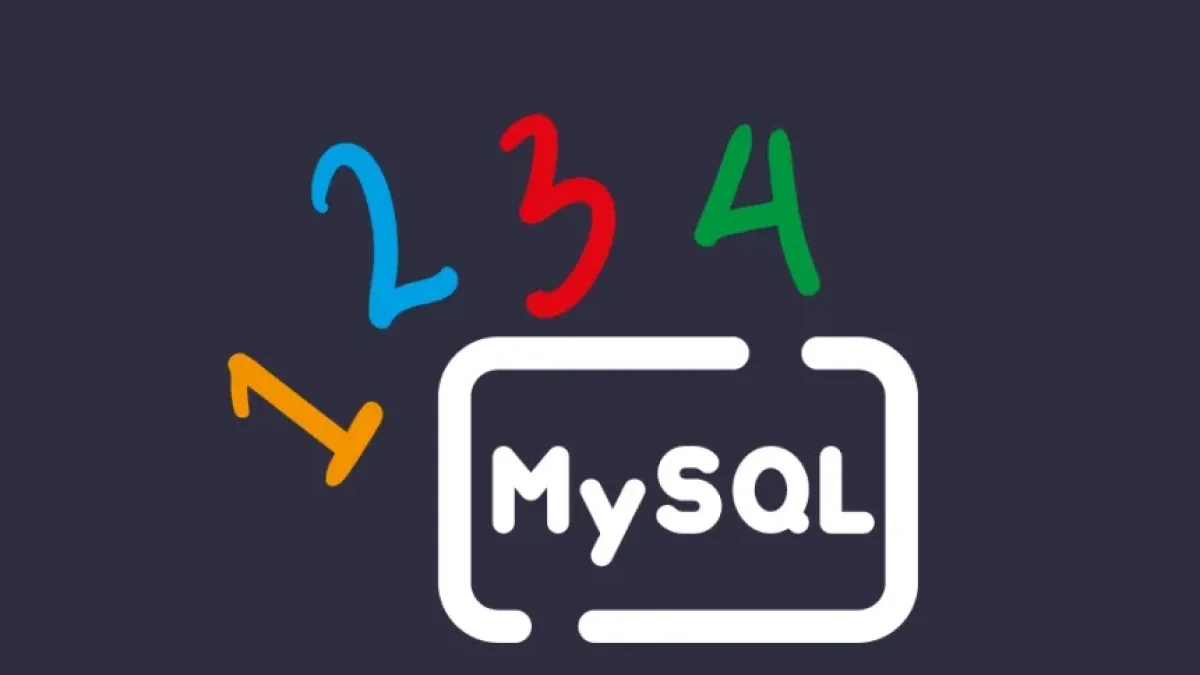Should I Use INT or BIGINT in MySQL? Guide to Choosing the Right Data Type


When you're designing a database in MySQL, one of the crucial decisions you need to make is the data type for your numeric fields. If you're wondering whether you should use INT or BIGINT for a specific field, here's when to choose each, based on the maximum value each data type can reach.
Maximum Values for INT and BIGINT in MySQL
In MySQL, the INT data type has a range that varies depending on whether it is used as SIGNED or UNSIGNED. Here are the details:
- INT (SIGNED): Can store values from -2,147,483,648 to 2,147,483,647.
- INT (UNSIGNED): Expands the range of values from 0 to 4,294,967,295.
On the other hand, if you need a larger range, the BIGINT data type is the right choice:
- BIGINT (SIGNED): Can store values from -9,223,372,036,854,775,808 to 9,223,372,036,854,775,807.
- BIGINT (UNSIGNED): Extends the range of values from 0 to 18,446,744,073,709,551,615.
Which Should I Use?
In most cases, an INT is more than enough to store the values you need. However, if you are working on a project that involves a large amount of data or where the values may exceed the range of an INT, then BIGINT is the better choice. It is important to consider the impact on performance and storage; BIGINT uses twice as much space compared to INT.
Summary of Value Ranges in MySQL
Here is a list of the maximum values for each numeric data type in MySQL:
Data Type: TINYINT
- Range (SIGNED): -128 to 127
- Range (UNSIGNED): 0 to 255
Data Type: SMALLINT
- Range (SIGNED): -32,768 to 32,767
- Range (UNSIGNED): 0 to 65,535
Data Type: MEDIUMINT
- Range (SIGNED): -8,388,608 to 8,388,607
- Range (UNSIGNED): 0 to 16,777,215
Data Type: INT
- Range (SIGNED): -2,147,483,648 to 2,147,483,647
- Range (UNSIGNED): 0 to 4,294,967,295
Data Type: BIGINT
- Range (SIGNED): -9,223,372,036,854,808 to 9,223,372,036,854,807
- Range (UNSIGNED): 0 to 18,446,744,073,709,551,615
Conclusion
In summary, the INT data type is generally sufficient for most applications. However, if your project involves a database with extremely large numeric values, consider using BIGINT. The right choice can help optimize your database performance and ensure that your application runs efficiently.

















